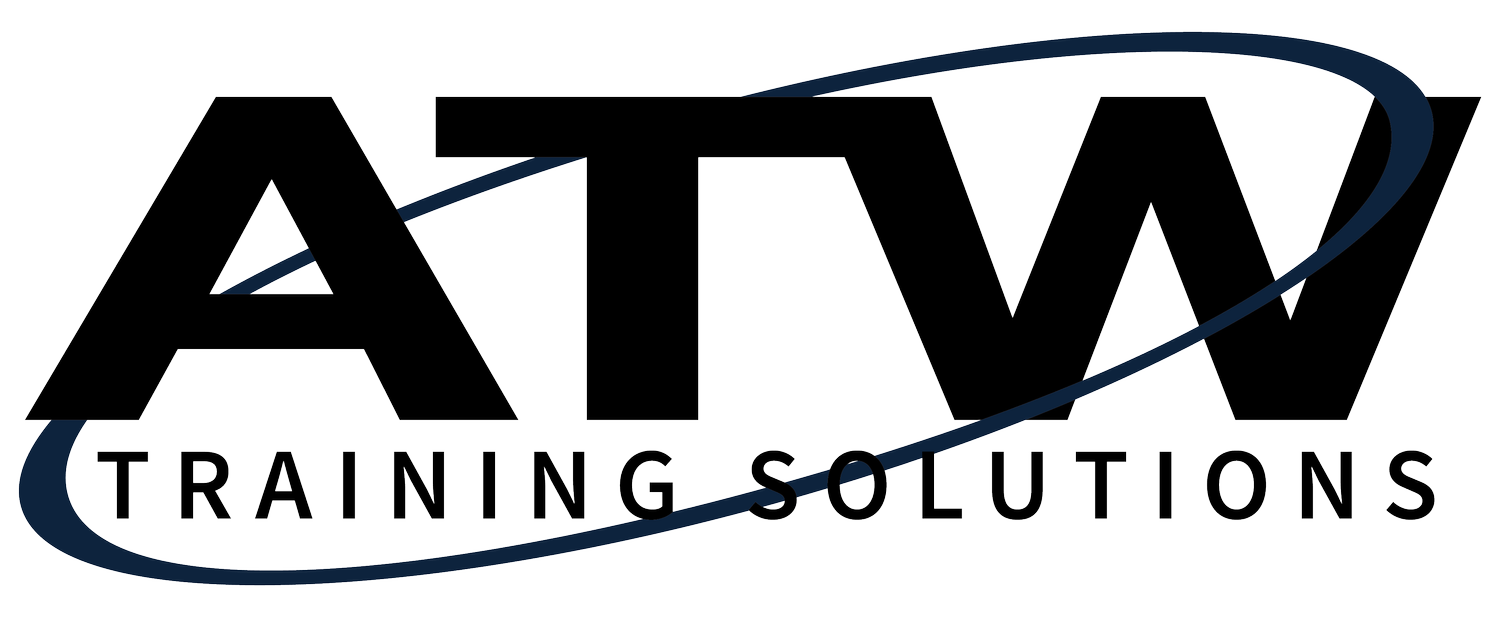Leading Accountability—A Personal Choice
Being accountable is a personal choice. In other words, accountability is not imposed externally. You can't make someone accountable. Personal accountability involves making important choices to take ownership, take action and take responsibility. As you see in this model, accountability is centered on clear agreements and feedback. Expectations must be clear, understood and agreed to as a foundation for accountability. Those are the clear agreements. Unfortunately, that first step is often glossed over or missed entirely. Not long ago, I spoke with a leader struggling with the performance of his employee. Well, let's call him Jackson. The leader was consistently surprised by the direction that Jackson would take on projects assigned to him. Too much time was being spent with rework. It was frustrating to both the leader and his employee. I asked, is Jackson clear on his expectations? And that innocent question uncovered the leader had not in fact taken time to have a conversation with Jackson.
Assumptions were being made by the leader and it became obvious that Jackson was likely not clear regarding the outcomes expected of him. A few minutes upfront pays dividends in the long run when rework is avoided as well as frustration. Next, your employees like Jackson will need ongoing feedback to know when they are on target or when they are starting to get off track. Take advantage of meetings or one-on-ones already on the calendar to touch base with your employees. Create opportunities to give the feedback your employees need in the moment to be confident in the direction that they are heading or to alter course before too much time passes. Help your employee feel comfortable coming to you for clarification. When expectations are clearly understood and when people know how well they are doing, they can exercise accountability in three ways.
First, take ownership. This means agreeing to accomplish an end result and not just try to do something. Second, take action. This means acting in ways to achieve the desired outcome, even when the going gets rough. And third, take responsibility. This means answering for the results, good or bad. Many leaders have a simplistic philosophy of accountability. I tell people what needs to be done and they better do it. As this model shows, there are multiple elements of accountability. Effective leaders work with their people to ensure all the pieces are in place for a culture of strong, personal accountability.
